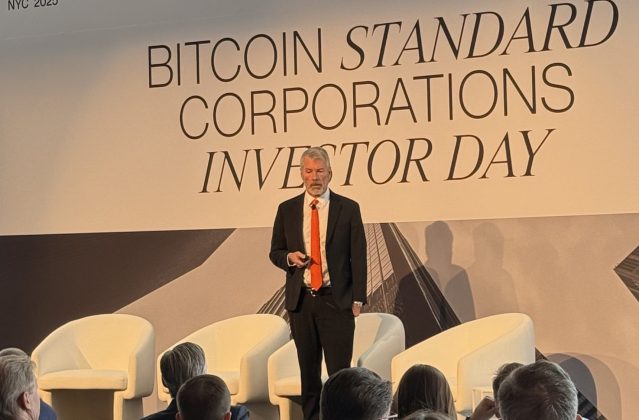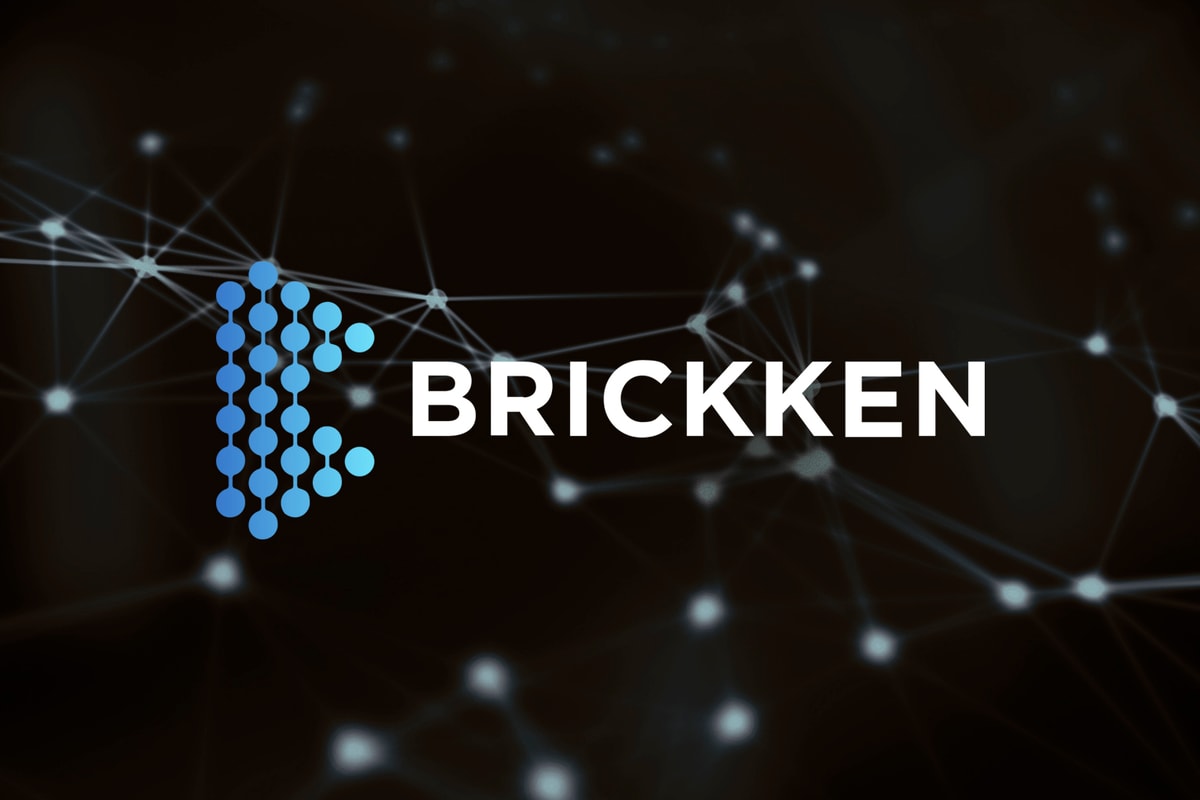Over the last seven years, we’ve observed how Web3 became a buzzword in the tech sector, spreading to adjacent industries such as finance, gaming, creator economy and others. Blockchain technology is a centerpiece of Web3 and, according to Gartner, most of the tech concepts related to Web3 are at the early stages of the Hype Cycle.
The biggest value of Web3 is rooted in decentralization, which implies an absence of a centralized component that controls the system or the absence of any single point of failure. And for the users, it alleviates the necessity of trusting the administrators of such a system.
In practice, the benefits of having a fully decentralized system come to the detriment of user experience and usability. For example, it is much easier to store crypto on a centralized exchange as users don’t have to deal with private keys required for the Web3-native way of owning the assets, which is self-custody. In addition, the most convenient way to acquire Bitcoin, Ether and other crypto is through a centralized service provider as an exchange or a fintech app.
Developers of Web3 software oftentimes have no choice but to compromise and make some parts of the system centralized. Though it adds more risks to the end users, developers do that for the following reasons:
- Firstly, it streamlines the onboarding and user experience of their apps and reduces network fees paid by the users.
- Secondly, it allows them to deploy new changes to the product faster.
- In some cases, developers explicitly add centralized controls to be able to react and patch the system on the fly in case of a sudden system bug, hack or risk of DeFi protocol insolvency.
- And sometimes it remains the only option, as there is simply no reliable and mature enough alternative in the Web3-native world.
However, the mix of Web3 and Web2 hinders the property of decentralization and often misleads users about the reliability of their service.
One example of the shortcomings of this approach is the accident that happened with Drift decentralized exchange during the LUNA crash in May 2022. In response to the discovery of a potential bug, the Drift exchange administrator halted trades on the exchange, which led to direct losses for traders who could not close their positions when needed and got liquidated due to a margin call.
Having a notion of an administrator in a decentralized protocol who can stop its operations for any reason dramatically reduces the benefits for end users to use that protocol over a centralized counterpart. Moreover, users might be misled by the decentralized label and consequently miscalculate the risks associated with entrusting funds to such a protocol.
To deliver what was initially promised by the Web3 concept, it’s crucial for the entirety of the Web3 developer community to address the issue of decentralization masquerades. The community needs to develop tools and practices that help application developers to build Web3 applications without a single point of control or failure and with minimal overhead compared to a semi-centralized approach.
An effort by application developers to disclose points of centralization publicly as well as other risks that users bear when using the application could help alleviate the issue. In addition to the dangers, developers can describe how those risks can be mitigated either by users or by developers themselves with future updates. In many cases, the infrastructure needed to mitigate risk is absent or unreliable. With that in mind, the developers can publicly highlight it to the greater Web3 community which in turn could encourage funding to develop or amend Web3 infrastructure.
The shortcomings that Web3-enabled applications have today will likely be resolved. After that, Web3 technologies will continue to evolve, transform a variety of industries and solve fundamental challenges related to trust and transparency that our society faces.
Alex Bazhanau is the co-founder of Linen Wallet.
This article was published through Cointelegraph Innovation Circle, a vetted organization of senior executives and experts in the blockchain technology industry who are building the future through the power of connections, collaboration and thought leadership. Opinions expressed do not necessarily reflect those of Cointelegraph.
Learn more about Cointelegraph Innovation Circle and see if you qualify to join










